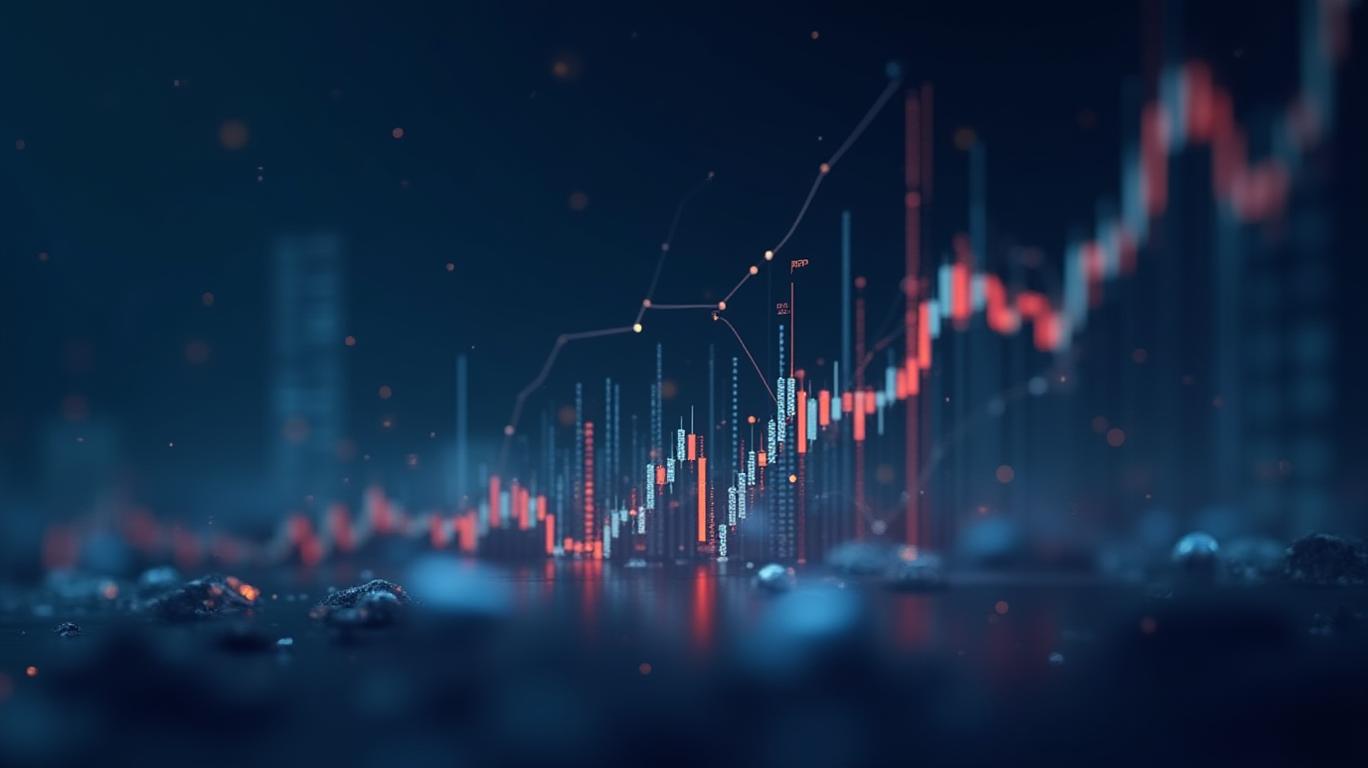XRP's Regulatory Crossroads: Navigating Institutional Uptake Amid Uncertainty
The crypto market has long been a battleground between innovation and regulation. Nowhere is this tension sharper than with XRP, whose
hinges on a legal and regulatory saga that could redefine its role in the institutional market. As XRP futures gain traction and the SEC’s stance evolves, the asset finds itself at a critical inflection point—one that demands a nuanced understanding of risk, opportunity, and strategic positioning.The Regulatory Tightrope: SEC vs. Ripple’s Evolving Landscape
The SEC’s prolonged legal battle with Ripple has been a pivotal factor in XRP’s regulatory ambiguity. While the May 2025 settlement reduced penalties to $50 million, the procedural setback on May 15—where Judge Torres rejected an “indicative ruling” to lift the injunction—highlighted the fragility of progress. Yet, the court’s 2023 ruling that XRP’s retail sales on secondary markets are not securities remains intact, creating a carve-out for institutional adoption.
The SEC’s shift under Acting Chairman Mark Uyeda signals a strategic pivot: less enforcement, more regulation. The agency’s Crypto Task Force is crafting frameworks that could reclassify XRP as a commodity, akin to Ethereum. This is no small detail.

Institutional Uptake: Futures as a Bridge to Mainstream Acceptance
The Chicago Mercantile Exchange (CME)’s launch of XRP futures in May 2025 marks a turning point. By treating XRP as a commodity under CFTC rules, the CME has created a regulated pathway for institutional investors to access the asset without waiting for full SEC clarity. This mirrors Bitcoin’s trajectory, where futures markets preceded ETF approvals.
. The data underscores a pattern: regulatory clarity—real or perceived—fuels momentum. Even as the SEC and Ripple negotiate procedural hurdles, institutions are already capitalizing on futures to diversify portfolios. For investors, this signals a strategic advantage: participation in a nascent institutional market with asymmetric upside.
The Path to Commodity Status—and Why It Matters
XRP’s commodity classification hinges on two interlinked developments:
1. Settlement Finalization: The SEC-Ripple settlement, once fully approved, will remove the injunction on institutional sales. This could catalyze ETF approvals, as regulators increasingly view XRP as analogous to Ethereum—a “pure commodity” despite its ICO origins.
2. ETF Applications: With eight XRP ETFs under review, the SEC faces a pivotal choice. A green light here would unlock trillions in institutional capital, pushing XRP’s valuation toward $10–$15 over the next 12–18 months.
The parallels to Ethereum are instructive. The SEC’s tolerance of ETH as a commodity, despite its controversial ICO, suggests XRP could follow suit if its distribution model is framed similarly. Ripple’s emphasis on its non-ICO structure adds weight to this argument.
Risks and the Calculus of Opportunity
No investment is without risk. The SEC’s dissenting voices—worried about investor protection—could prolong uncertainty. A Supreme Court appeal, though unlikely, remains a tail risk. Yet the balance of probabilities favors progress.
The key insight: XRP’s institutional adoption is no longer contingent on full regulatory clarity. Futures markets and evolving SEC priorities have created a “bridge” to mainstream acceptance. For investors, the question is no longer if but when to deploy capital.
Conclusion: Positioning for the Next Leg of Growth
XRP’s journey from regulatory battleground to institutional asset is far from over. But the groundwork is laid: futures markets are live, ETFs are pending, and the SEC’s shift toward pragmatic regulation signals a path forward.
The strategic play? Act now, but do so selectively. Allocate a portion of crypto exposure to XRP while monitoring the SEC’s May 22 meeting—a potential catalyst for finalizing the settlement. The risks are real, but the asymmetric upside—driven by institutional inflows and commodity status—makes XRP a rare opportunity in a crowded market.
In markets, timing is everything. For XRP, the moment is now.


Comments
No comments yet